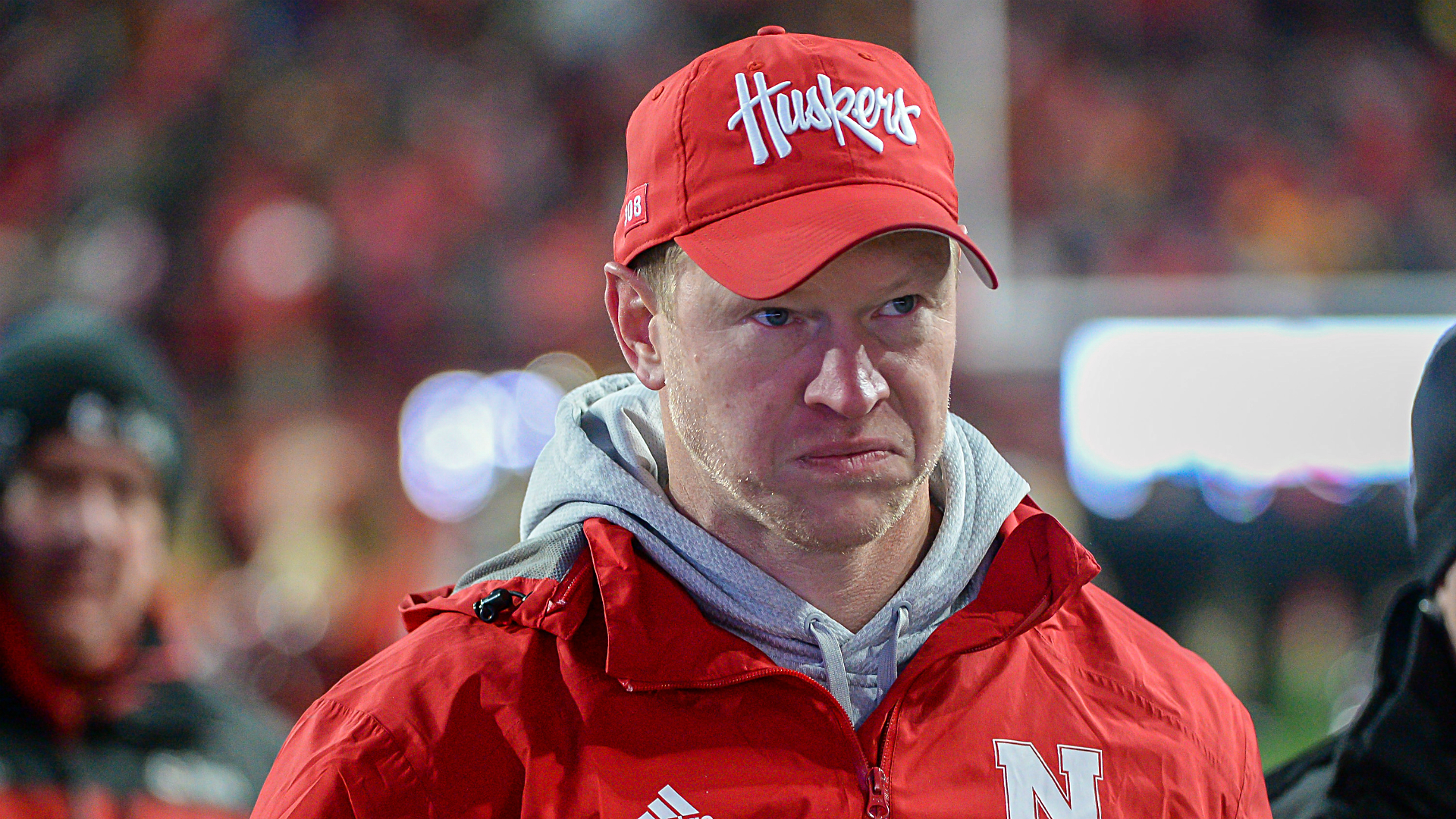On June 11th, 2010, the University of Nebraska officially opted to leave the Big 12 conference and join the Big 10 (or B1G) instead, setting off a realignment chain reaction that left fans of schools across the country wondering whether their team would still be playing in the same conference the next season. Now, ten years later, the dust seems to have settled a bit (at least until 2025 or so). So let’s take a look at who really won – and lost – the last round of realignment…
Nebraska – Winner(?)

The Cornhuskers are pretty easily the toughest program to determine here. On paper, they’re a clear winner – they now belong to a more prosperous conference with larger school payouts and a richer history (as a whole). Their facilities are incredible and rank right up there with the nation’s elite. They still have that massive, rabid fanbase. And yet…
They no longer have a clear rival (even if they’ve tried to solicit Iowa), they’re located in sparsely populated state that’s effectively isolated from the largest recruiting pool in Texas (they had just six players from that state on the roster in 2019, compared to 23 in their last season in the Big 12) while also fighting with other league blue bloods for regional talent, and now have higher academic entry requirements (they’re the only active B1G member that isn’t also a member of the AAU). They also haven’t seen a significant increase in their program value relative to what it was back in 2010.
They’re just 65-50 with one B1G title game appearance in 2012 (compared 79-46 with three Big 12 title game appearances in their final ten seasons). To me, that doesn’t sound like a definitive realignment winner. Now, all of that said…their biggest issue has been coaching hires. Sure, Scott Frost was the hottest commodity available in 2018 but his first two teams had far deeper problems than simply lack of talent. Prior to that, Bo Pelini had a fair amount of success (though always struggled to win the big games) while sandwiched between the disasters that were Bill Callahan and Mike Riley.
Overall, the Huskers are set up to succeed longterm (especially in the softer conference division) but simply have to find a coaching staff that can recruit and maximize midwestern talent, particularly along their lines (a la Iowa and Wisconsin). I fully believe they can make that type of hire and why I think they’re (marginal) winners – even though a strong argument can be made in the opposite direction.
Colorado – Loser

They’re another program that’s tough to gauge where exactly they sit. Culturally and academically, they’re almost perfectly suited for the PAC 12. But beyond that…it’s hard to find ways they’ve benefitted from bolting to the west coast.
Their program revenue has steadily increased the past few years but they’re still receiving among the smallest P5 payouts and have suffered dwindling attendance, while simultaneously being much further away from most of their conference foes (only one school – Utah – is located closer than 800 miles from Boulder) and without anything resembling a rival. They have *some* local talent but they’ve struggled to land it, even if their overall recruiting has been marginally better of late (though part of this could be due to a 10 win season in 2016 that’s looking more and more like an anomaly). Historically, they’ve had scattered bouts of substantial success (most recently in the late ’80s/’90s under Bill McCartney and shortly after under Gary Barnett) but have averaged a measly 4.3 wins per season dating back to 2006 and have been the least successful P5 program not named Oregon State or Kansas since swapping leagues in 2011.
Looking forward, I don’t believe their administration (or a large portion of the fanbase) is going to be very interested in investing in the program to the degree it’s going to need to be consistently competitive – something that I think was a little more likely had they stuck around in flyover country. I also question their ability to retain a good coach, seeing how quickly Mel Tucker was snatched away after going only 5-7 in one season.
Texas A&M – Winner

The Aggies are easily the biggest realignment winner.
Financially, they’re absolutely soaring. According to a Forbes report from last fall, their 3 year average revenue sits at around $147 million – which is the highest figure of any program in the country. That’s, umm, pretty good and a far cry from their program value sitting around $72 million (adjusted for inflation) in 2011. Now, massive league payouts and a large influx of donations for a bevy of extensive expansion projects is part of it, but it’s also due to branding. Their merchandising figures have absolutely exploded since joining the SEC, coming largely on the heels of the Johnny Football Experience and taking down Alabama in Tuscaloosa. Kevin Sumlin had plenty of faults but he was all about the marketing of his program and his fast paced (entertaining) offenses. As impressive as it is at the moment, they’re set up to continue hauling in revenue long into the future.
From a recruiting standpoint, the move was a home run. They’re now the only Texas school in the SEC, leaving them free of the Longhorns’ towering shadow and regularly pulling in top 10-15 (and occasionally top five) recruiting classes. That was a rarity in their Big 12 days, always being left to sift through UT’s (and others’) in-state scraps.
Now, they do find themselves in the single toughest conference division in all of football – but they’ve still managed a much higher rate of success than they did in their last decade of Big 12 football (where they only won 51% of their games, versus 65% since the move). Sumlin wasn’t bad but just wasn’t getting the job done, so the Aggies moved and chose to dump $75 million (guaranteed) into former National Champion Jimbo Fisher. That investment hasn’t paid off just yet, but all the peripheral factors seem to suggest the maroon and white are poised to become a force in the SEC.
Missouri – Winner

I’ll always (admittedly) be slightly bitter toward the Tigers, seeing as they’re actually the ones who started all of this after having publicly flirted with the B1G in 2009 and into 2010. So it begrudges me to call them…winners.
They share some similar benefits as Texas A&M – they’re drawing a much larger check and sit in a recruiting hotbed with an SEC selling point (even if the recruiting hasn’t actually been stellar thus far). They find themselves in the “softer” conference division and have already taken advantage of it by making back-to-back SEC title games (followed by bowl wins).
Their biggest problem has been abysmal coaching since Gary Pinkel retired in 2015 and was replaced by Barry Odom. Odom actually made a couple of bowls but was regularly plagued by inexplicable losses and totally undisciplined play alongside subpar recruiting. That’s a bad combination. I don’t know if new coach Eli Drinkwitz is the solution, but he has the tools at his disposal to be successful.
Utah – Winner

They’re a winner simply by default (having made the G5 to P5 jump). Sure, they’re now part of arguably the most unstable P5 conference but the money is still an upgrade and and they now have CFP viability (they were a PAC 12 title game loss away from an appearance just this last year).
Their recruiting hasn’t seen an uptick though, probably in part to a weakening conference and a head coach who has prided himself on doing less with more his entire career. But if they ever break through there, they’ll (continue) to fight for the top spot out west with even higher sights in mind.
TCU – Winner

Very similar story as Utah, they win primarily by making the G5/P5 jump. They’ve also knocked on the door of the CFP recently and should be in better position to nab talent (especially in Fort Worth) but it just hasn’t materialized to this point. Geographical and financial fits are also significantly better than they were in the Mountain West.
West Virginia – Winner

The Mountaineers are winners here, but not without some serious inhibitors.
They jumped ship from the (then-football) Big East just as it was disintegrating in 2011, a fortunate move that was also driven by a bit of desperation on the part of the Big 12. It’s been beneficial financially, having increased their program value while also getting bigger league payouts alongside additional stability. Has also opened a window for them in Texas (though it hasn’t yielded much in the way of results to this point) and given their fans some fun road venues, which weren’t as prevalent in the old Big East.
So what are the inhibitors? For starters, they’re extremely isolated from the rest of their conference foes – Morgantown is a time zone away from every other member and the closest road trip is 861 miles to Ames (which is less than 40 miles closer to Morgantown than…Orlando). That’s a tough pill to swallow on its own, but there’s also the issue of being located in a scarcely populated state that produces minimal FBS talent. Sure, they’re right next door to Ohio but they’re competing with the B1G’s elite and even a handful of SEC schools for those players, so they’re forced to rely on finding overlooked talent right in their own backyard (24 players on the current roster hail from West Virginia) and pulling stragglers up from Florida/Georgia. This is why I believe they’re a much better fit for the ACC.
Ultimately, they made a very positive (if not ideal) move that should allow them to compete for a conference title every so often (even if not as frequently as they might in a different league).
Pittsburgh – Winner(?)

They win really only thanks to the Big East cratering, though there are also worse places to find themselves than in a stable conference and in the division opposite of Clemson and FSU. Still a move that hasn’t really moved the needle for their football program (they’re winning at a similar clip and haven’t really grown their brand), though it’s been more damaging for their basketball team – leaving them in another brutally tough conference where they also don’t have any natural rivals (like they did in the Big East) and have a harder time recruiting.
But focusing back on football, I do believe the right coach can have a certain amount of high end success – it’s just going to require a sizable chunk of luck.
Syracuse – Winner(?)

Nearly identical to Pitt, main differences being that they’re unfortunately part of the same division as Clemson and FSU and their basketball program has seen a little more success. Biggest longterm problem is being located so far north with little FBS talent.
I think we’ve already seen their program ceiling in 2018 (when they won 10 games after struggling mightily the prior three seasons).
Louisville – Winner

Lamar Jackson’s Heisman is probably enough evidence that UL won here. Yeah, they bolted the AAC after going 12-1 but their coffers and brand have both gotten bigger in the six seasons since and despite having the misfortune of jockeying with Clemson and FSU – they’ve won 8+ games in all but one season since the move (they’re a solid geographical fit, as a bonus).
If Clemson falters any time soon, UL is positioned to be right in the thick of the conference race.
Maryland – Loser

They’re the biggest realignment loser.
They were sought after by the B1G due to east coast TV markets like Washington D.C. and because they’re Under Armour’s home base, though they’ve never actually had much of a football history (save for Ralph Friedgen’s run in the early ’00s) and won’t be building one anytime soon unless they can find a way to lock down their talent-rich borders (and start beating Ohio State/Penn State/Michigan/Michigan State). They’re rolling in cash but are a terrible cultural fit and just aren’t very enthusiastic about the sport. At least in the ACC, they (usually) had a lust for basketball with quality rivalries – but now that’s gone too.
They’ve still got ~82 different uniform combos and tons of historic road trip destinations to look forward to, I guess.
Rutgers – Loser

Poor Rutgers. Seems like they’re incapable of winning at anything.
They were also desired by the B1G thanks to NYC TV markets but beyond that have very little appeal. On the field, they’ve gotten absolutely waxed since the first year after their move (they’d had a respectable amount of success in the Big East/AAC, at least) and it doesn’t it help that they get to play OSU/PSU/UM/MSU every season. They do have a fertile local recruiting base that could potentially be tapped into in New Jersey, unfortunately they’ve completely whiffed on coaching hires and simply haven’t been able to open the door there since Greg Schiano’s departure.
Longterm, they should be a little better than they are but have done precious little for their slab of the pie to this point. Maybe Schiano can do something about that (I have my doubts).

